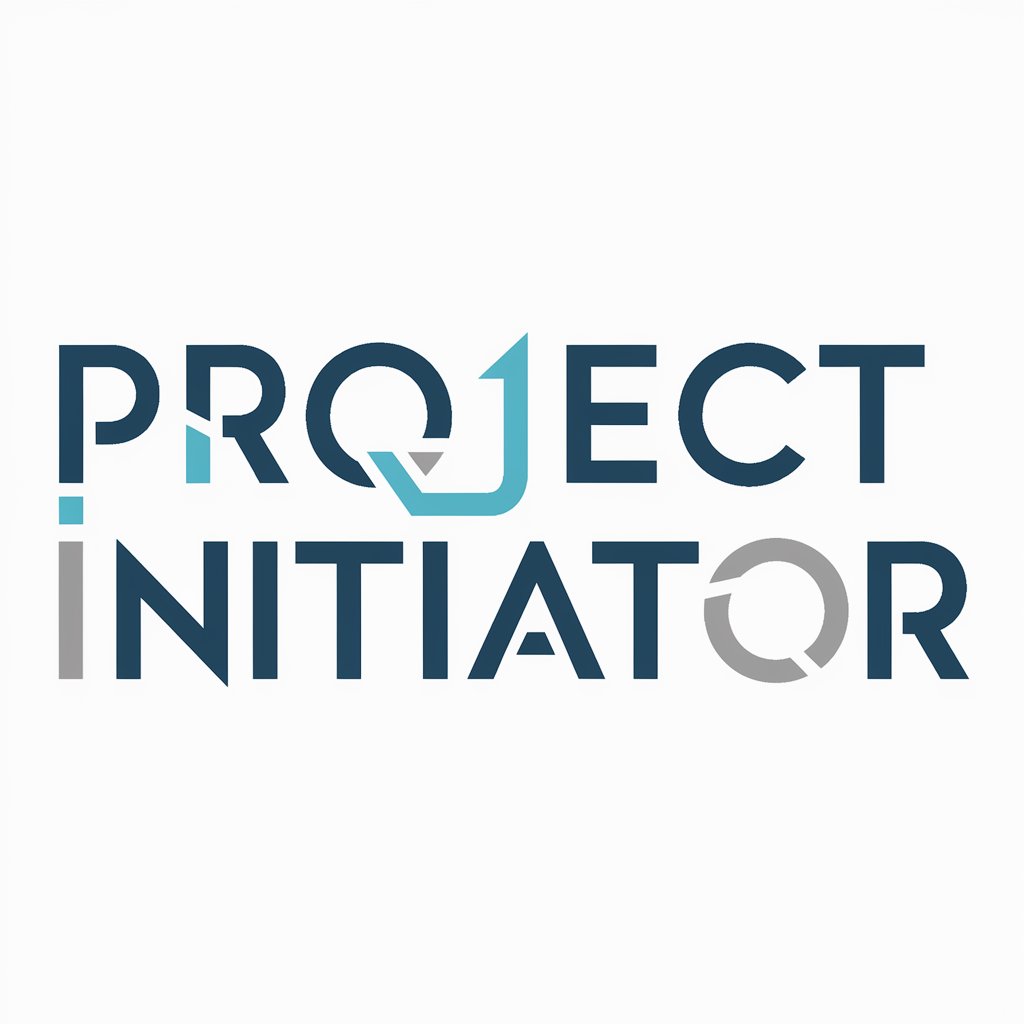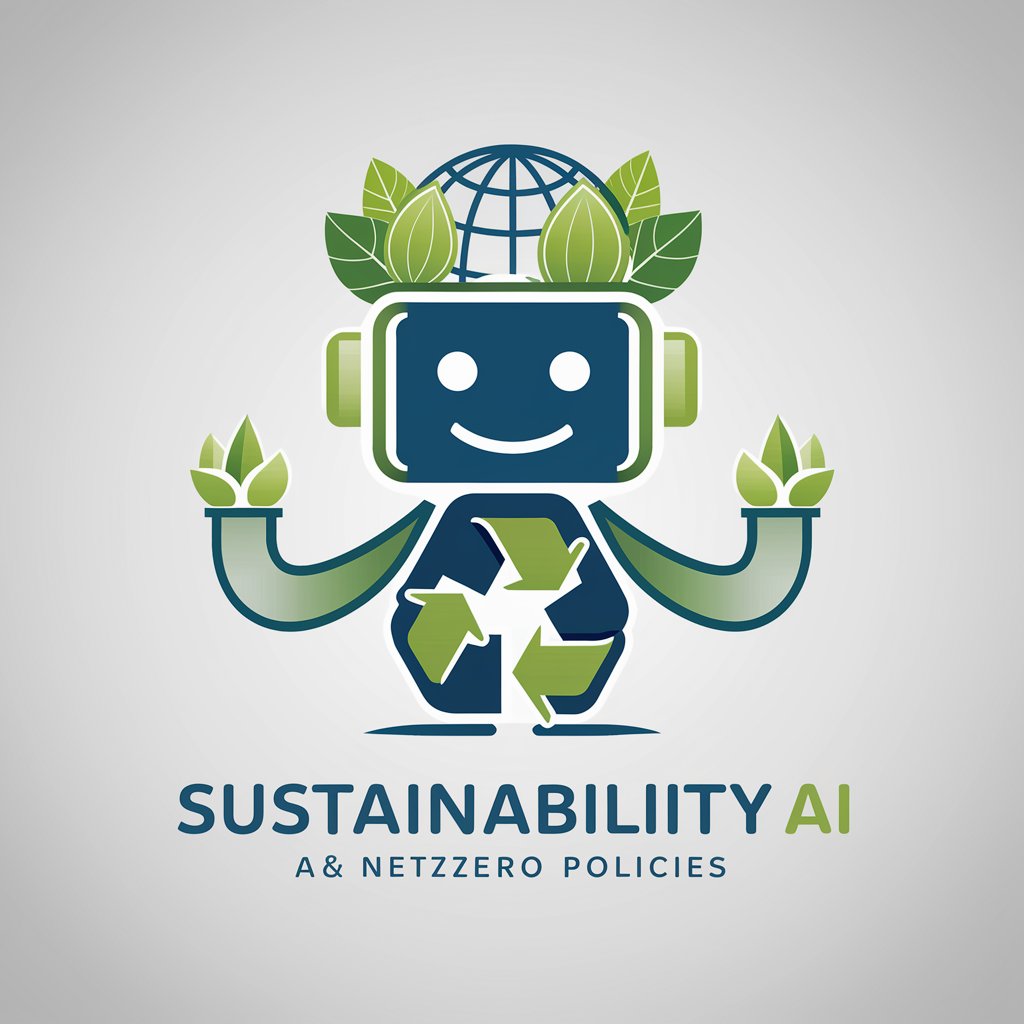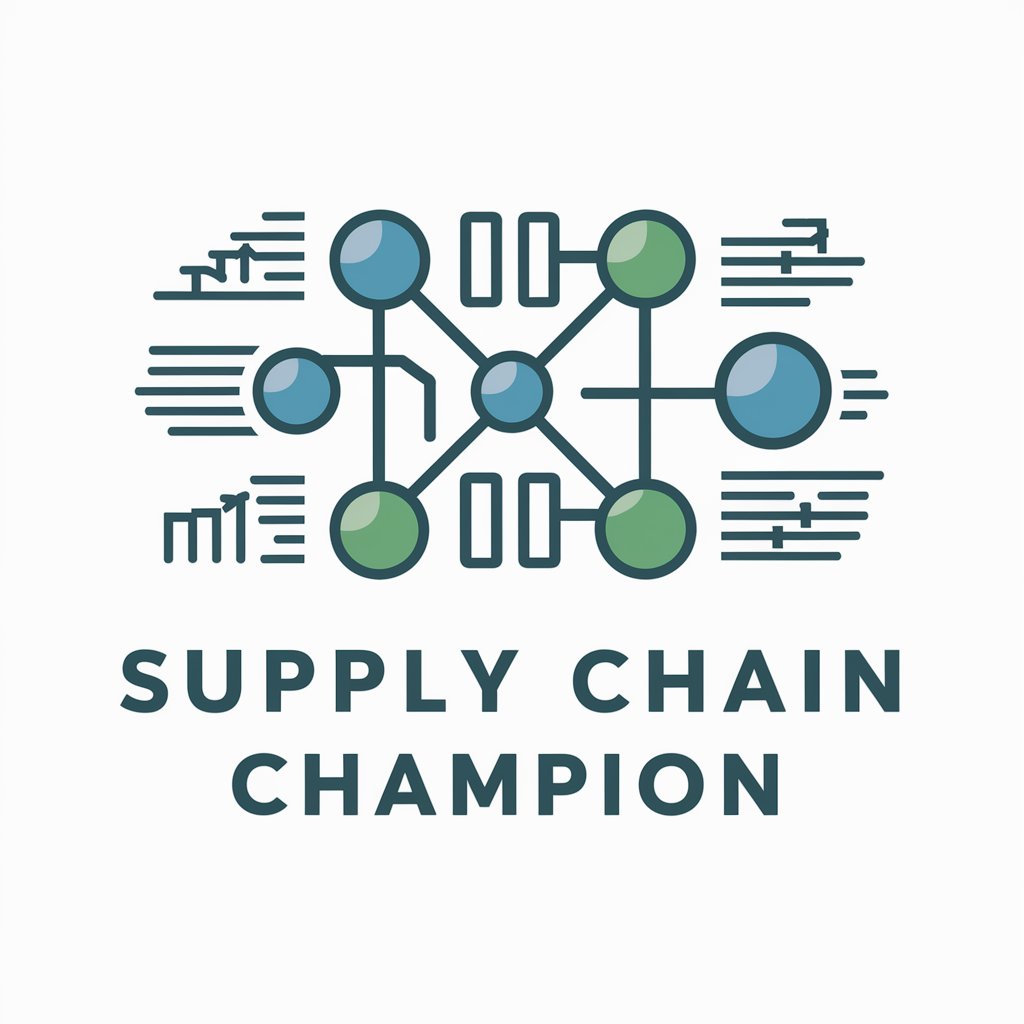Backend Brilliance with C# Entity Framework (MVC) - C# Database Management

Welcome! Let's optimize your backend with C# and Entity Framework.
Streamlining database operations with AI
Create a backend system using C# and Entity Framework that...
Design a database schema optimized for...
Implement CRUD operations in C# with a focus on...
Optimize queries in Entity Framework to improve...
Get Embed Code
Understanding Backend Brilliance with C# Entity Framework (MVC)
Backend Brilliance with C# Entity Framework (MVC) is a specialized service focused on optimizing and developing backend systems using C# and the Entity Framework within an MVC architecture. The primary goal is to facilitate efficient database operations, ensuring data integrity, security, and performance optimization. The design purpose revolves around leveraging the powerful features of Entity Framework to manage databases through ORM (Object-Relational Mapping) techniques, thereby simplifying the process of database schema design, CRUD operations, and query optimization. For instance, in a scenario where an e-commerce platform requires dynamic product inventory management, Backend Brilliance would design an efficient database schema, implement CRUD operations for product management, and optimize queries to handle large volumes of data efficiently, ensuring a seamless user experience. Powered by ChatGPT-4o。

Core Functions and Real-World Application Scenarios
Database Schema Design
Example
Designing a relational database schema for a blogging platform.
Scenario
Creating tables for users, posts, comments, and categories, ensuring relationships are accurately represented for efficient data retrieval and manipulation.
CRUD Operations Implementation
Example
Developing the backend for user profile management in a social networking app.
Scenario
Implementing functions to create, read, update, and delete user profiles, leveraging Entity Framework's LINQ queries for optimized data access.
Query Optimization
Example
Optimizing data retrieval for a real-time financial dashboard.
Scenario
Utilizing Entity Framework's ability to translate LINQ queries into optimized SQL queries, reducing server load and improving response times for displaying financial transactions.
Data Security Practices
Example
Securing sensitive user data in a healthcare application.
Scenario
Implementing encryption for data storage and secure API endpoints using ASP.NET Identity for authentication and authorization, ensuring compliance with healthcare regulations.
Target User Groups for Backend Brilliance Services
Enterprise Developers
Developers in enterprise environments tasked with building scalable, secure backend systems for applications that require complex database management, benefiting from the robustness, security, and optimization capabilities.
Startup Tech Teams
Small to medium-sized tech teams in startups needing to rapidly develop and iterate on their backend systems with a focus on performance and scalability, finding value in the agility and efficiency of Backend Brilliance services.
Freelance Backend Developers
Independent developers focusing on backend projects for various clients, benefiting from the streamlined database operations, query optimization, and best practices guidance offered, ensuring high-quality delivery.
Educational Institutions
Academic programs and bootcamps teaching software development, particularly in C# and MVC architectures, can use Backend Brilliance services as a practical example to illustrate modern backend development practices and frameworks.

Getting Started with Backend Brilliance using C# Entity Framework (MVC)
Initiate your journey
To begin exploring Backend Brilliance with C# Entity Framework (MVC), start by visiting yeschat.ai for a complimentary trial, requiring no sign-in or subscription to ChatGPT Plus.
Prerequisite setup
Ensure your development environment is ready by installing Visual Studio, .NET Core SDK, and SQL Server. Familiarize yourself with MVC architecture and basic C# programming concepts.
Project creation
Create a new ASP.NET Core Web Application project in Visual Studio, selecting the MVC template. Configure your project to use Entity Framework Core for data access.
Database schema design
Design your database schema and use Entity Framework migrations to create and update your database structure. Focus on creating efficient models for your application's needs.
Development and optimization
Develop your application by implementing CRUD operations, optimizing queries, and ensuring data security. Utilize Entity Framework's features for efficient data handling.
Try other advanced and practical GPTs
Project Initiator
Empowering Project Success with AI

Ana Sofía
Empowering Emotional Well-being with AI

FinanciAmigo
Empowering Financial Decisions with AI

HRIS Wizard
AI-powered Workday expert at your service

Plant Whisperer
Empowering your green thumb with AI!

Plant Care Expert
AI-powered Plant Health Expert

Creador de Copys
Crafting Persuasive Content with AI

Digital Creative Spark
Empowering Creative Minds with AI

Athena
Spinning Stories, Sparking Imagination

Sustainability AI
Empowering Sustainability with AI

TB Advisor
Expert Tuberculosis Insights, Powered by AI

Supply Chain Champion
Empowering Supply Chains with AI

Frequently Asked Questions about Backend Brilliance with C# Entity Framework (MVC)
What is Entity Framework in C# MVC?
Entity Framework is an open-source object-relational mapping (ORM) framework for .NET, allowing developers to work with a database using .NET objects, eliminating the need for most data-access code. It's particularly useful in MVC applications for data manipulation and retrieval.
How can I optimize my database queries with Entity Framework?
Optimize database queries by using LINQ to Entities for querying, enabling lazy loading judiciously, using .Include() for eager loading when necessary, leveraging AsNoTracking() for read-only operations, and profiling and analyzing SQL queries for performance.
What are migrations in Entity Framework and how do I use them?
Migrations in Entity Framework allow you to manage changes to your database schema over time. You can use them by enabling migrations in your project, creating a migration to capture schema changes, and updating the database to apply the changes.
How does Entity Framework handle data security?
Entity Framework handles data security through features like parameterized queries to prevent SQL injection, integration with .NET's identity system for authentication and authorization, and by enforcing good practices in code to manage sensitive data securely.
Can I use Entity Framework for complex database operations?
Yes, Entity Framework supports complex database operations such as transactions, stored procedures, and complex types. For advanced scenarios, you can directly execute SQL queries or use the Database.SqlQuery method for more control over the database.
